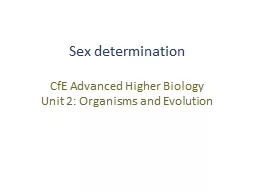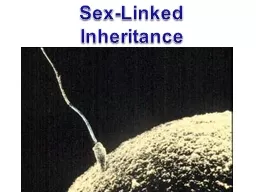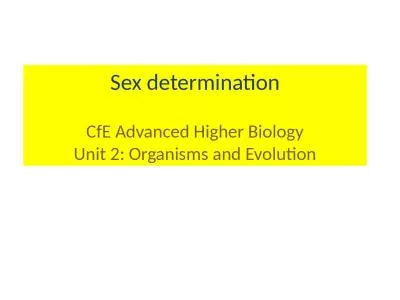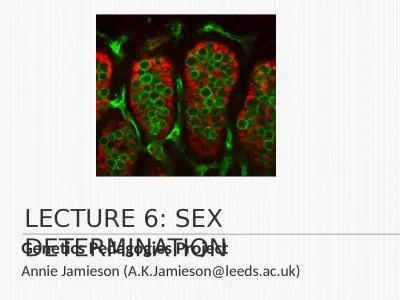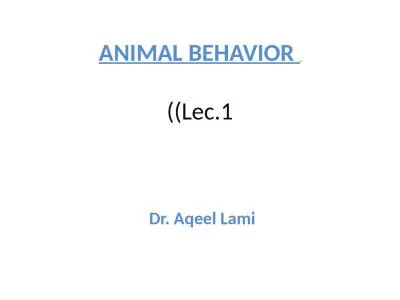PPT-Determination of sex Dr. Aqeel M.
Author : phoebe | Published Date : 2022-06-15
ali 2019 lecture 5 The word sex has been derived from Latin word sexus meaning section or separation Members of almost all species are often divided into
Presentation Embed Code
Download Presentation
Download Presentation The PPT/PDF document "Determination of sex Dr. Aqeel M." is the property of its rightful owner. Permission is granted to download and print the materials on this website for personal, non-commercial use only, and to display it on your personal computer provided you do not modify the materials and that you retain all copyright notices contained in the materials. By downloading content from our website, you accept the terms of this agreement.
Determination of sex Dr. Aqeel M.: Transcript
Download Rules Of Document
"Determination of sex Dr. Aqeel M."The content belongs to its owner. You may download and print it for personal use, without modification, and keep all copyright notices. By downloading, you agree to these terms.
Related Documents


